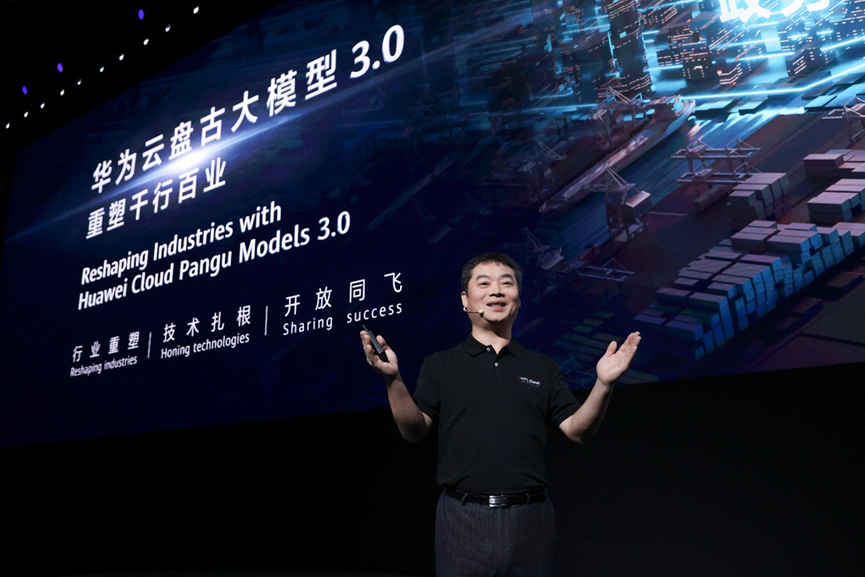 Huawei Cloud has unveiled its Pangu Railway Model which can accurately identify 67 types of freight cars and over 430 types of faults found on railways and freight cars.
Huawei Cloud has unveiled its Pangu Railway Model which can accurately identify 67 types of freight cars and over 430 types of faults found on railways and freight cars.
It can quickly scan millions of images captured by the Train Freight Detection Systems (TFDS) system and filter out 95% of the images that are fault-free. This way, train inspectors can focus on the remaining images, and this helps them improve both efficiency and accuracy.
“The capability of the Pangu Railway large model is continuously improved. The fault detection omission rate is zero, and the screening rate of fault-free images is as high as 95%,” Zhang Pingan, Huawei Executive Director and CEO of Huawei Cloud said.
This AI-based solution has revolutionised the fault identification process, guaranteeing safer railway operations and enhancing reliability.
The Pangu Railway Model also uses continuous learning to improve performance. If abnormalities are detected, they can be manually labelled, and added to the model to improve detection performance.
Additionally, the Pangu Railway Model supports concurrent detection on distributed servers, significantly reducing the time required for fault detection. Using a two-node solution, the detection process for a train is completed within 8 minutes. The faster detection process ensures timely identification of faults, mitigating risks and enhancing overall railway safety.
With its exceptional accuracy, improved efficiency, and faster detection capabilities, Huawei’s Pangu Railway Model solution is setting a new standard for fault identification in the railway sector.
Train detection systems sit alongside and in-between the tracks of railways systems. When a train passes the detection station, TFDS calculates the train speed using the magnetic steel sensors on wheels. It automatically adjusts the snapshot frequency to match the train passing time, usually one picture taken every few milliseconds. These are then uploaded to a central server for fault detection. Due to technical limitations, traditionally most of the fault identification work is done manually.
A typical depot in China monitors more than 40,000 trains running on 800 lines every day making it extremely difficult to conduct manual checks. The TFDS system takes around 80 pictures for each freight carriage, as each train has around 50 carriages this results in thousands of pictures being taken for each train. Due to the sheer volume of pictures taken, inspectors only have around 10 minutes to manually check each batch for faults and cracks in the undercarriages.
Share on:



